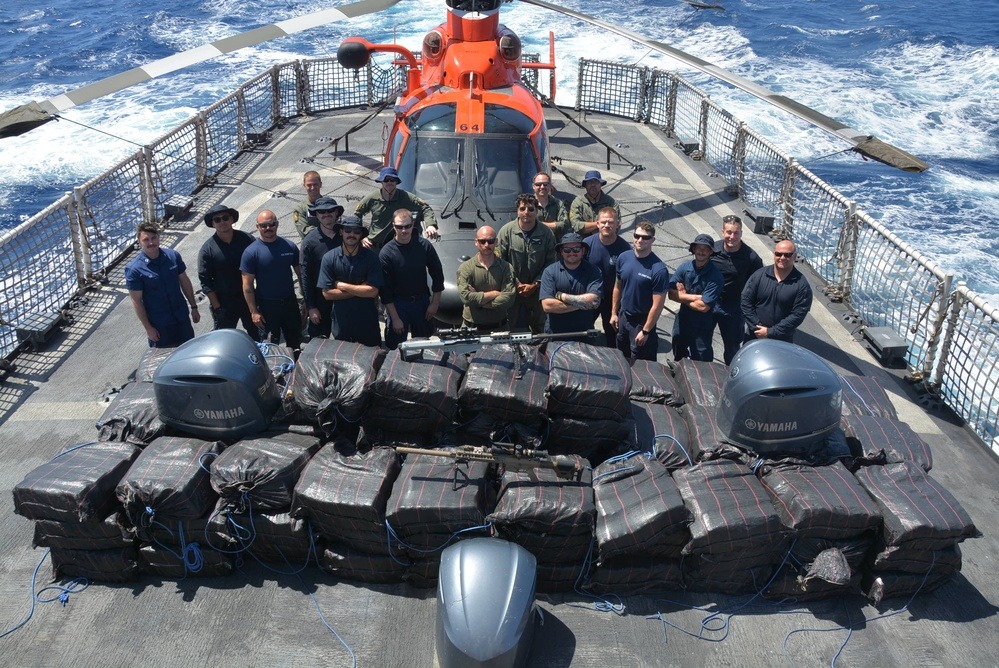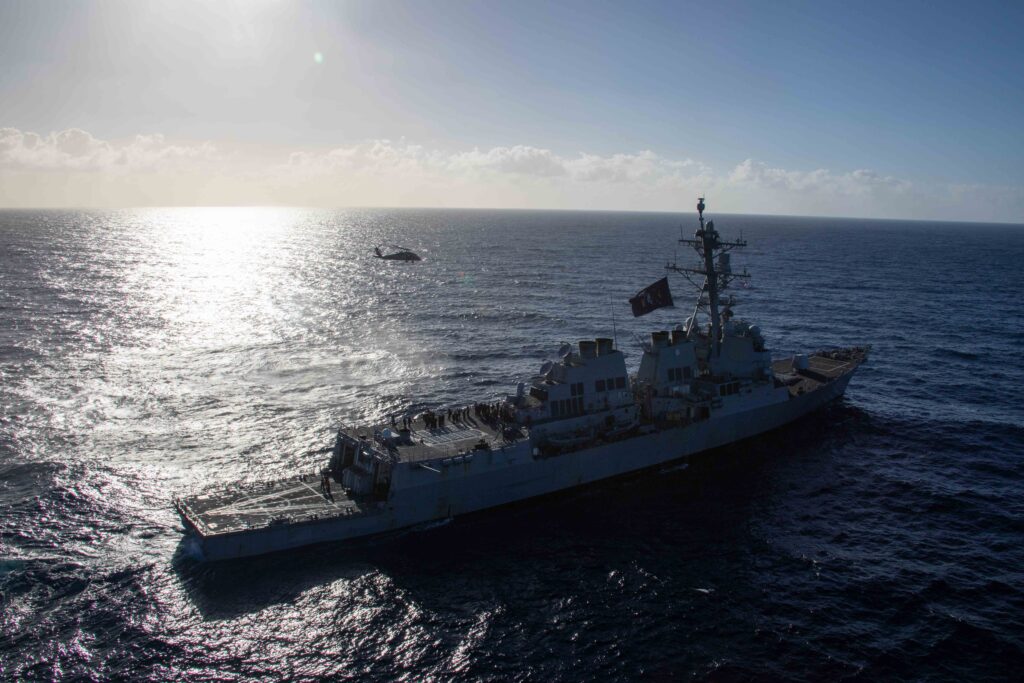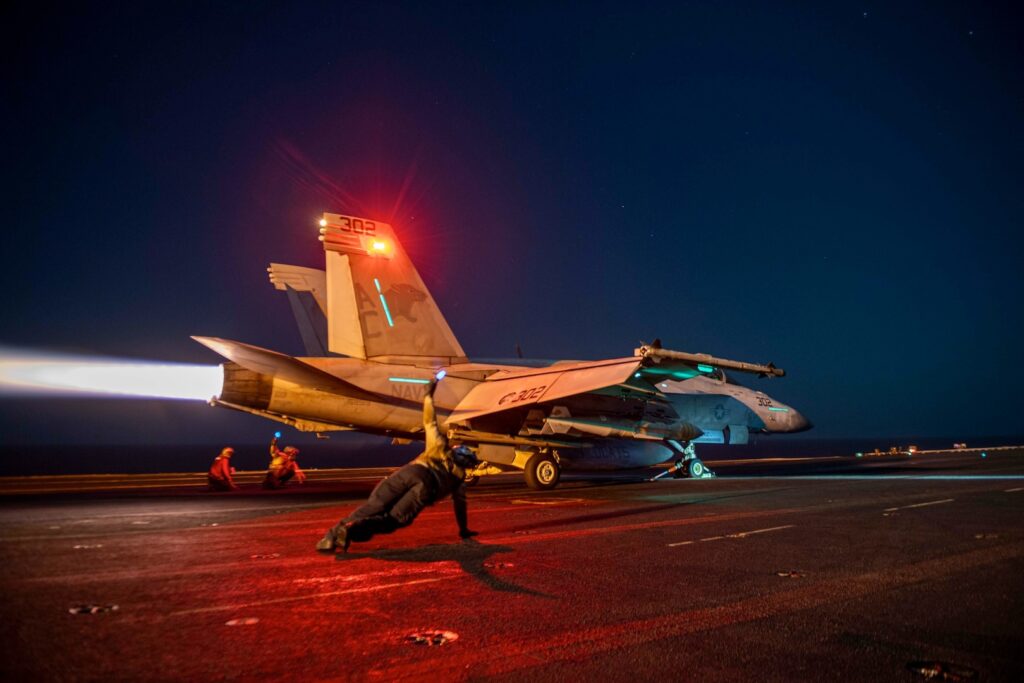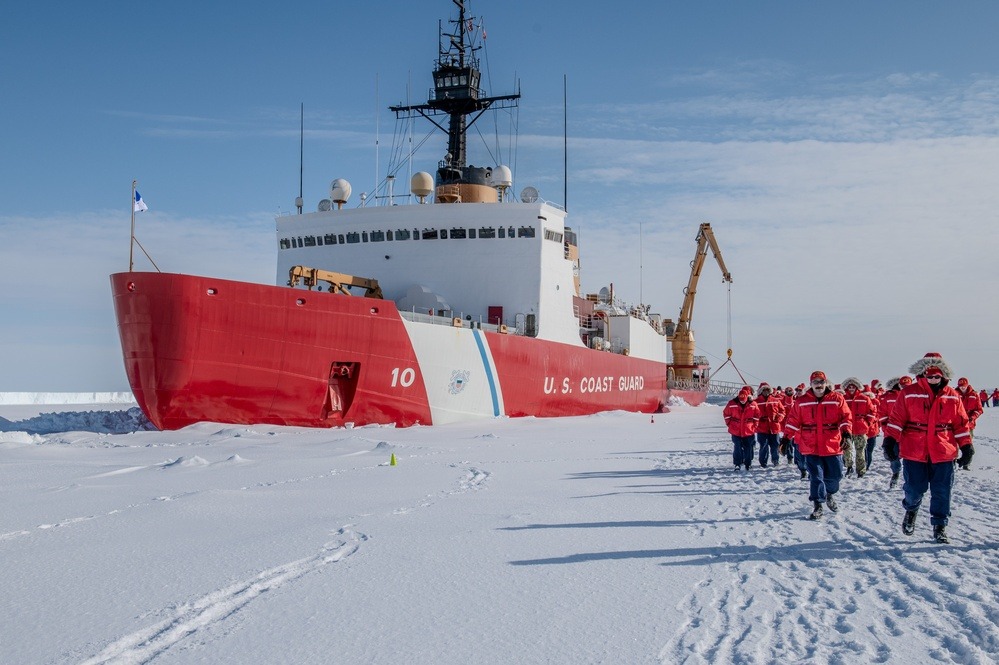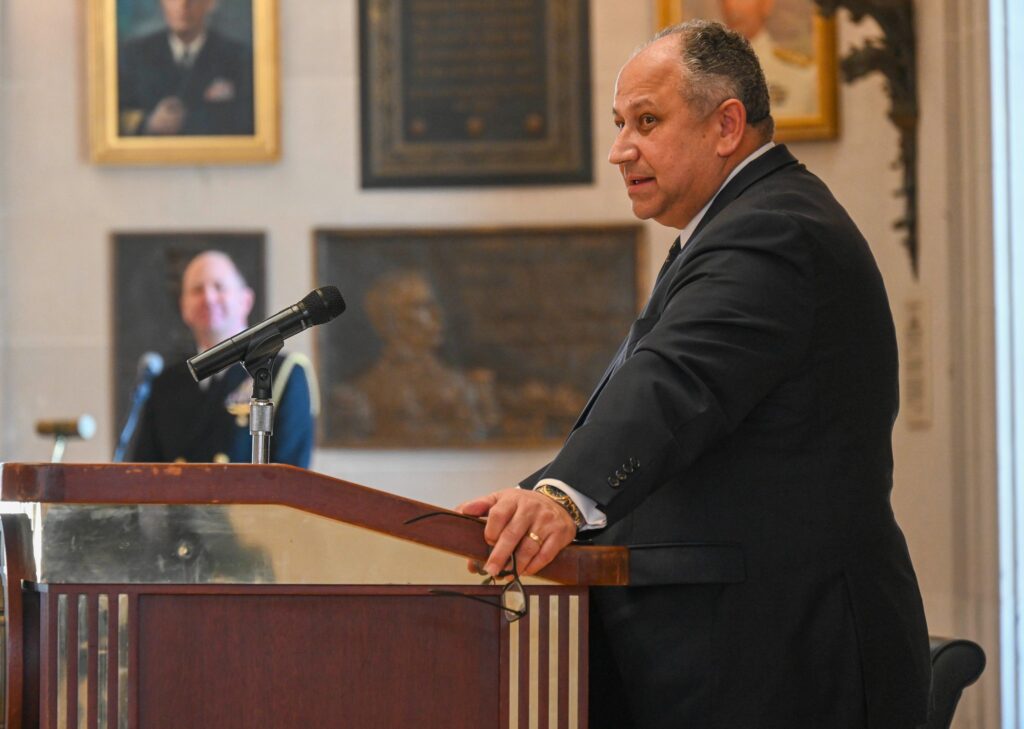23 February 2024
PHILADELPHIA (Feb. 23, 2024) – Chief of Naval Operations Adm. Lisa Franchetti visited Naval Foundry and Propeller Center (NFPC), the Naval Sea Systems Command (NAVSEA) Compatibility Test Facility (CTF), and the Philly Shipyard, Feb. 22.
Franchetti’s visit provided her the opportunity to receive updates on submarine production, to discuss innovative practices in the shipbuilding industry, and to engage with members of Congress as they work together to ensure the U.S. Navy remains the world’s preeminent fighting force.
“Thank you for your continued leadership in working to strengthen our organic industrial capacity and building the partnership we need to reach the submarine production cadence the Navy requires,” Franchetti said. “It’s not just service in a uniform, its service to our nation – and strengthening our organic industrial base is one of the Navy’s top priorities to ensure we maintain our warfighting advantage.”
CNO heard from NFCP’s Director Nate Bird how their 100 percent civilian workforce has the ability to test and design simultaneously, running hundreds of simulations on equipment to optimize submarine efficiency, and ensure on-time delivery of key components. Bird explained that NFCP is on track to deliver four key components of the Columbia-class submarine on time.
CNO then saw first-hand why the unique machining capabilities of the Navy’s only foundry and propulsor manufacturing facility make it a national asset – flexible to support the Navy’s needs, while observing the pouring of the aft outer structure of the future Columbia-class ballistic missile submarine USS Wisconsin (SSBN 827).
“Columbia-class ballistic missile submarines are the nation’s future sea based strategic deterrent and will provide the most survivable leg of the nation’s strategic triad,” Franchetti told NFCP personnel during her tour. “The work you’re doing is important not just to our Navy but to our nation, and our national defense. Thank you for being part of the team.”
While touring the Philly Shipyard with representatives from the Department of Transportation’s Maritime Administration (MARAD), TOTE Services, and Philly Shipyard leadership, Franchetti learned about MARAD’s Vessel Construction Manager (VCM) program and how they are using the VCM model to build their newest National Security Multi-Mission Vessels – on time and on budget.
The three organizations explained how the innovation of the VCM model is the combination of three things: providing the shipyard a very mature design, contracting with a firm-fixed price model, and the use of a small government oversight team.
“It’s great to see how you’ve put this partnership together,” said Franchetti. “Your philosophy, core values and teamwork are great for our nation. You are creating opportunities to procure ships in different ways. Increasing U.S. ability to affordably build ships is critical to our national security.”
Following the shipyard tour, Adm. Bill Houston, Director Naval Reactors, hosted CNO for a tour of the NAVSEA CTF. Franchetti saw how NAVSEA engineers test, operate, and maintain the first-of-its-kind Colombia-class integrated power system (electric drive) and propulsion plant electric distribution system. This innovative, state-of-the-art facility allows the Navy to conduct pre-delivery testing, troubleshooting, and training, ensuring we produce reliable capabilities that are essential to maintaining our sea-based strategic deterrence.
“The CTF serves as the Navy’s premiere test facility for the new Columbia class electric drive propulsion system,” said Houston. “This facility has been invaluable in proving out this transformative technology for the Columbia class. Future testing of components here before installation is a game-changing approach to shipbuilding and will ensure these parts are ready to support the Navy’s priority procurement effort to replace the most survivable leg of the Nation’s strategic deterrent.”
This was Franchetti’s first visit to Philadelphia as Chief of Naval Operations and part of a series of visits to see the Navy’s manufacturing and testing capabilities. CNO conducted the visit alongside Rep. Mary Gay Scanlon (D-PA) and Rep. Donald Norcross (D-NJ), as well as Professional Staff Members from the offices of Rep. Chris Deluzio (D-PA) and Rep. Joe Courtney (D-CT).
